The very first dune buggy has come back with an electric powertrain. Can the Meyers Manx find its space in a car market which has changed for six decades?

Although the Meyers Manx never officially went to Brazil, its concept did. Dune buggies appeared there in the 1960s as assembly kits, just like the original model. However, they would only become successful once manufacturers began to sell whole models. They were a big market trend mostly in the 1980s for specific reasons, but I got to ride in one in the following decade. My aunt had a BRM buggy for twenty years.
Over time, I realized that she managed to find her perfect car. She would go anywhere in the little buggy, from formal parties to weekend getaways at the beach. The car matched her strong, irreverent personality so precisely that it became an extension of her image. Although I have never even seen a Meyers Manx in person, I can safely say I know what it is all about. That is why I could not help but write about it here.
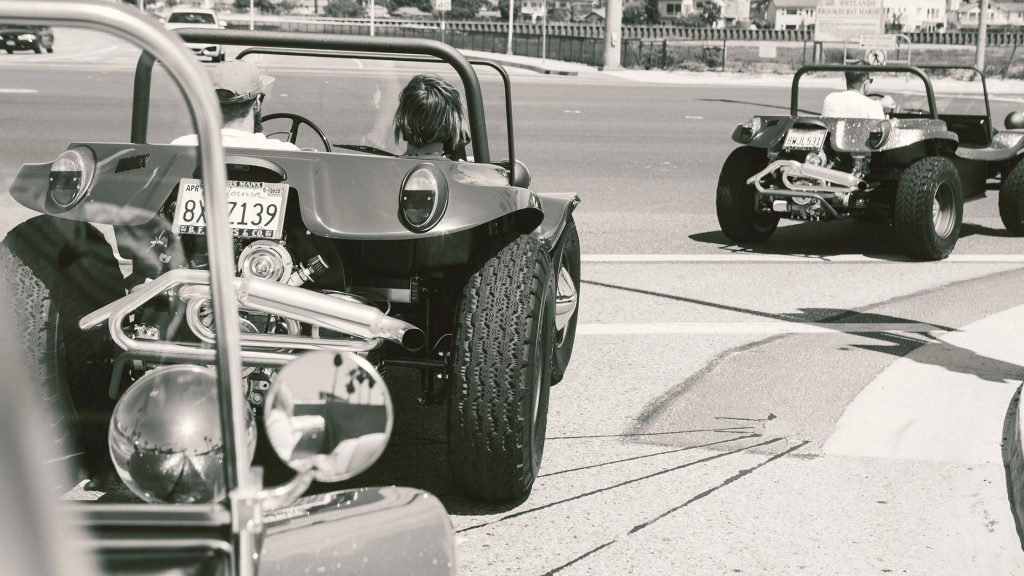
What is a buggy, after all?
We can consider it a leisure car with a minimalist construction. It has no roof (often brings a fabric cover), no doors, and a body that hides its mechanical bits as much as a mini skirt covers a woman’s legs. Those fat tires anticipate that a buggy’s habitat is any open region, such as beach dunes, rather than cities. That is also the reason why it does not offer a lot in terms of safety equipment, especially rollover protection.

It is also important for a buggy to be cheap. The Meyers Manx and countless others used the VW Beetle’s platform and powertrain because it is simple and reliable. In fact, the original plan was that you would buy a part kit and supply the necessary Beetle parts yourself. You could take everything to a repair shop to have the buggy assembled… Or make it an interesting project to give yourself some weeks of gearhead fun.
With such simple construction and the Beetle’s vigorous powertrain, it is easy to think that buggies would make excellent race cars. The truth, however, is that this is not their purpose. The goal is to drive them at your pace. They aim to connect you with the action of driving in its purest form. There is no concern with any speed records or driving stunts; it is only you and the buggy. Almost wherever you want to drive it.
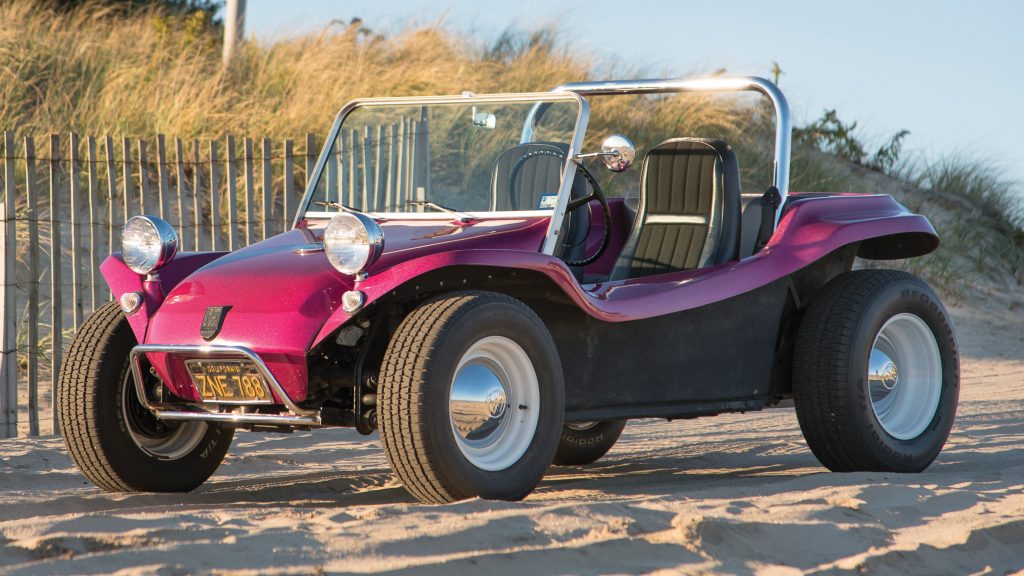
What made it successful?
As valuable as those qualities are, they were not all the reasons for the buggy’s success. The Meyers Manx founded its market niche in the 1960s, a time when safety regulations were immensely more flexible than now. “You can license it, and insure it, and drive it anywhere, anytime”, as Car and Driver once stated. That scenario allowed people to bring some careless fun into their everyday driving at an affordable price.

In Brazil, buggies flourished in the dictatorship times because the military government banned imported products. While that decision did more harm than good as a whole, it gave buggies space to thrive as a cheap alternative to traditional cars. Enthusiasts would go further and upgrade them with sporty wheels, larger tires, better seats, and colorful body and roof. My aunt’s buggy, by the way, had all that.
We cannot talk about a decline because buggies never truly ceased to exist. What happened is that safety laws became stricter, and traditional cars became more accessible. People gradually paid more attention to their practical needs and moved to station wagons, minivans, and SUVs. Keeping up with such standard would make buggies excessively expensive, so the few modern ones became focused on leisure use.
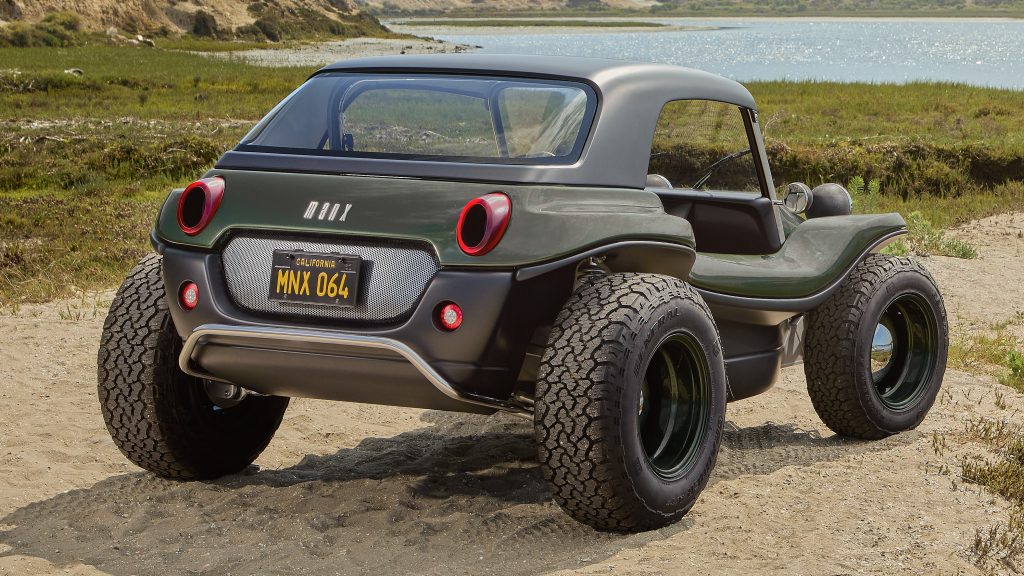
Tell me about the Meyers Manx 2.0 EV
As you can imagine, a lot has happened since 1964. The buggy’s production came to an end in 1971, then founder Bruce Meyers eventually revived the brand in 2000. In 2014, he partnered with a battery supplier to create an electric concept. He eventually sold the company in 2020 and passed in the following year. It is now Meyers Manx, LLC and is the responsible for the current product, reimagined with electrification.
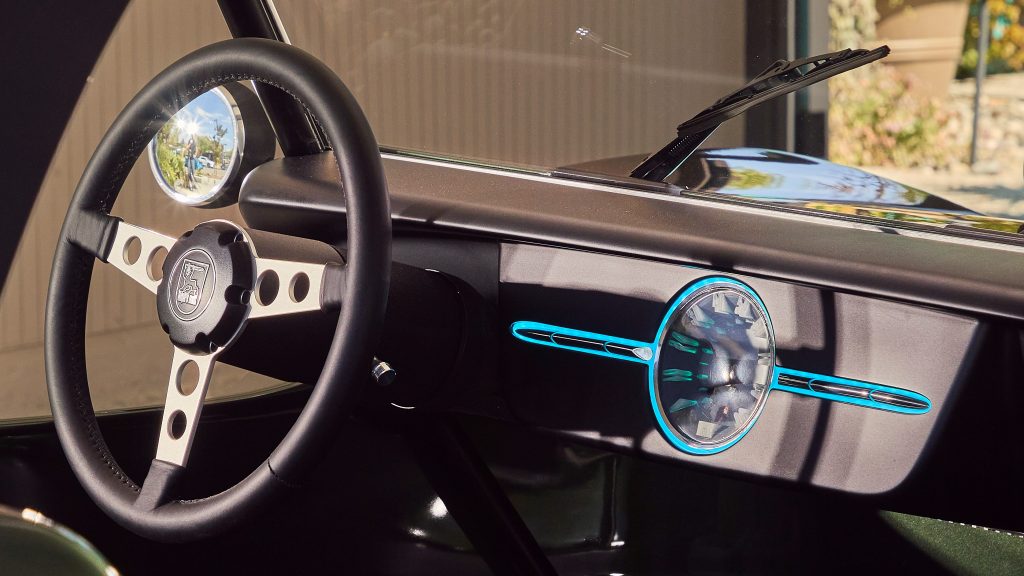
The most noticeable change is the enclosed motor. You will also notice a more refined removable top and sleeker taillights. Inside, the speedometer received LED lighting on its frame. Other than that, you will find the same rounded shapes and minimalist construction that brought so many fans decades ago. Another important quality is the weight: it preserves the monocoque structure and does not surpass 1,650 lb.
The buggy will make up to 202 hp of power and 240 lb-ft. It will also offer two battery packs, the larger of them using 40.0 kWh to reach a claimed range of 300 miles – there are not many technical specifications available yet. Meyers Manx is going to release 50 units as a beta program next year. After that initial step, regular sales will start offering optional convenience items such as A/C, heating, and a smart screen.
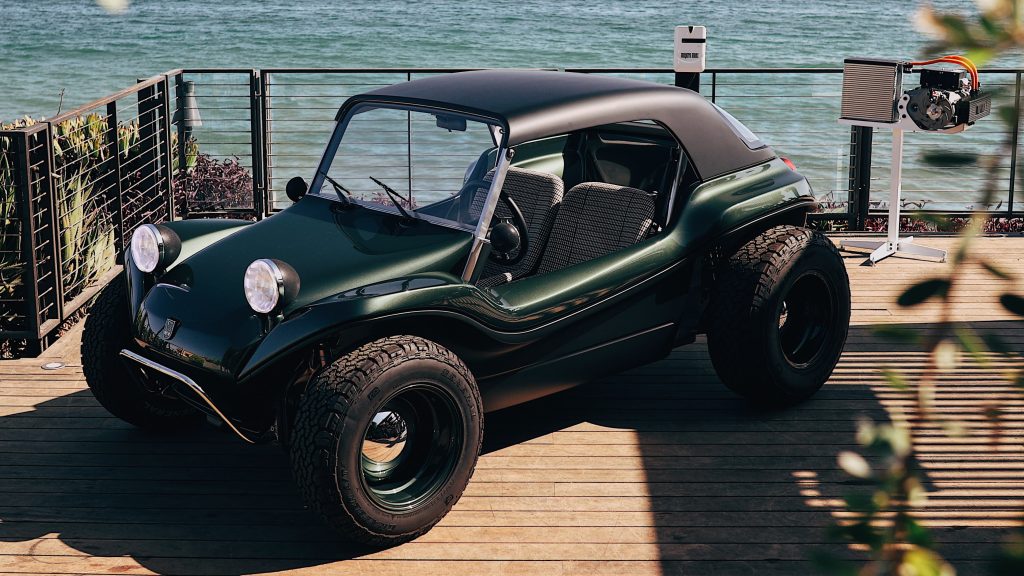
Will the Meyers Manx have a chance?
At first, we can simply say that there have been crazier cars that turned out to be successful in the market. However, the truth is that there is a rational train of thought to back a favorable projection for the Meyers Manx 2.0. We know that complying with the current safety laws, using electric powertrain, and not sharing parts with other car models will make it rather expensive. It is a matter of proper market positioning.

In short, that no-frills image of yore would make it financially unfeasible to sell and would limit its market scope. The strong image acquired after all those years allows the company to present it as a premium car for city use, much like the Fiat 500 and the Mini Cooper. It is compact enough for narrow streets and even has an off-road vibe. It is not a regular SUV, but it can surely snatch some drivers who like their style.
In other words, we can say that the Meyers Manx 2.0 EV has, indeed, an opportunity to perform well in the market. That will not happen exactly as in the past, but that is a good thing – after all, we are no longer in 1964. This time, we are going to see the buggy concept in a new interpretation, according to what people want nowadays. Would you like to try a buggy if it becomes a global market trend again?
Danillo Almeida has explored his passion for cars in two distinct ways. The first one is his graduation course in Mechanical Engineering, which will hopefully lead to a job position in the field. The other one is expressing his knowledge and opinions on the matter through writing. Almeida has already contributed to blogs, stores, and websites in general writing automotive content in many formats.



